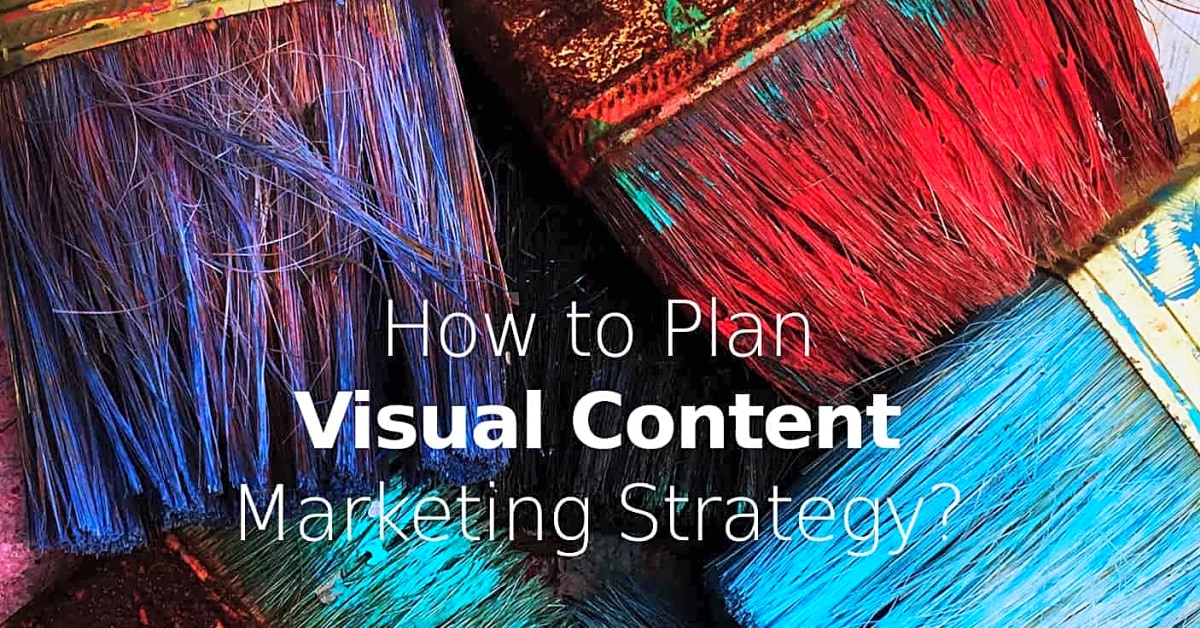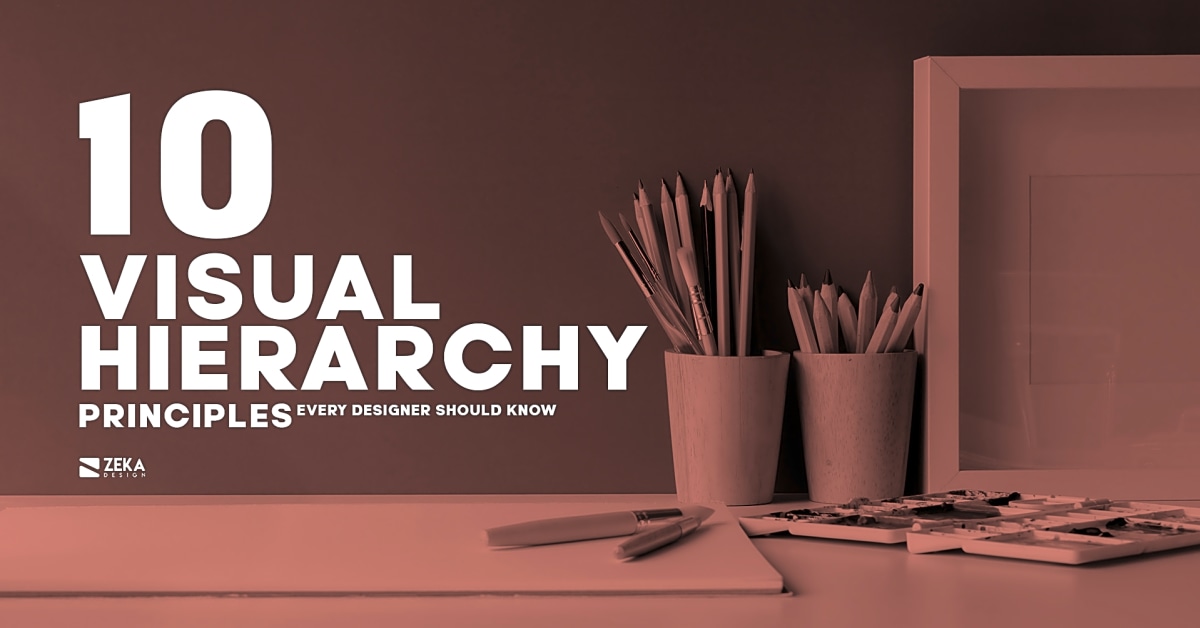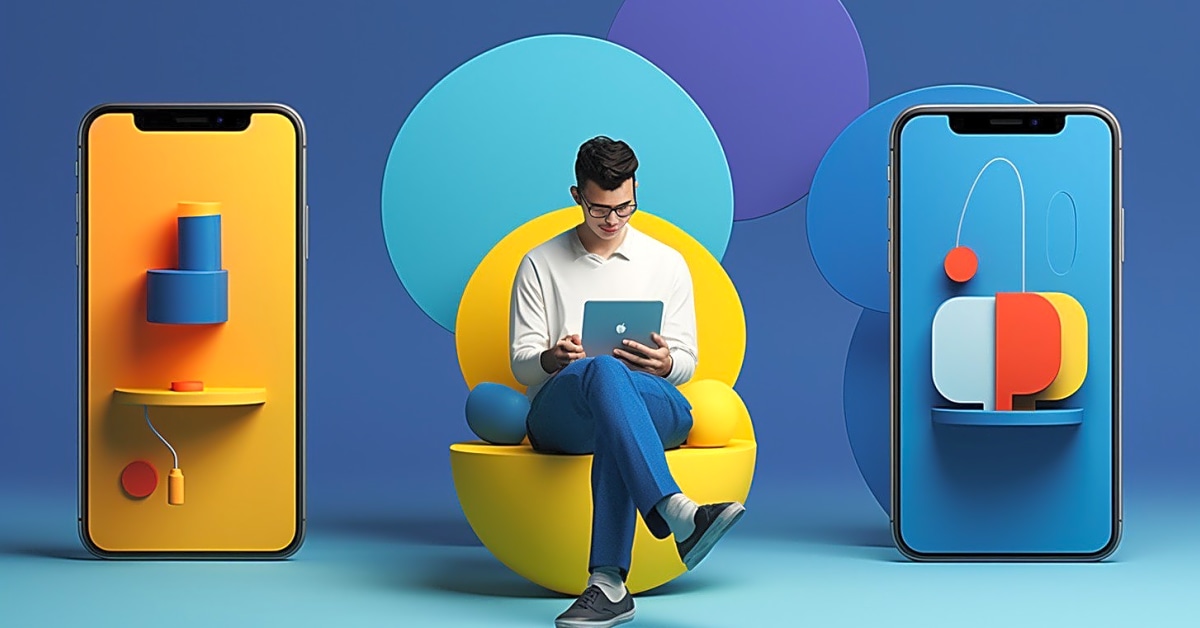In today’s digital age, having a visually appealing website is crucial for any business or organization. With so much information available online, it’s important to grab your audience’s attention and keep them engaged. This is where creating engaging visual content for websites comes into play. By incorporating eye-catching images, videos, and graphics, you can make your website more dynamic and captivating for your visitors. In this article, we will explore the importance of visual design in web design and how you can create engaging visual content for your website to enhance user experience and drive conversions. So let’s dive into the world of web design and discover how you can make your website stand out with compelling visuals!Visual content is an essential aspect of web design, as it helps capture readers’ attention and keeps them engaged. Including images, videos, infographics, and other visual elements in your website design can make a significant impact on how users perceive your brand and the information you are presenting. For instance, incorporating relevant images or videos into your blog posts can make them more interesting and visually appealing, encouraging readers to stay on your page longer and potentially share your content with others. Additionally, visual content can help break up text-heavy pages and make them easier to read and understand. This is especially important for websites in the Silo of Web Design/Visual Design, where the focus is on creating visually appealing and engaging websites. By utilizing different types of visual content, such as images, videos, and infographics, web designers can effectively communicate their message and engage their audience. Not only does this improve the overall user experience, but it also helps to establish a strong brand presence and increase brand recognition. In today’s digital age, where attention spans are shorter than ever, it is crucial for websites to incorporate engaging visual content. With the abundance of information available online, users are more likely to skim through content rather than read every word. However, with visually appealing and relevant images or videos, users are more likely to stop and pay attention to the content on the page. This can lead to increased time spent on the website and higher chances of conversion.Moreover, visual content can also help to convey complex ideas or information in a more digestible and visually appealing manner. For example, infographics are a popular type of visual content that presents data and information in a visually appealing way. This not only makes the information easier to understand but also makes it more shareable on social media platforms.Incorporating visual content into website design can also help with search engine optimization (SEO). Search engines like Google consider visual elements, such as alt tags and image titles, when ranking websites. By optimizing visual content with relevant keywords and descriptions, websites can improve their chances of appearing higher in search engine results pages (SERPs).When it comes to operational leadership, having engaging visual content on websites can also play a significant role. As mentioned earlier, visual content can help break up text-heavy pages, making them easier to read and understand. This is especially important for operational leaders who need to convey important information or strategies to their team. By utilizing visuals, leaders can ensure that their message is effectively communicated and understood by their team.In conclusion, visual content is a crucial aspect of web design and has numerous benefits for websites. From improving user experience and increasing brand recognition to aiding in SEO and effective communication, incorporating different types of visual content can have a significant impact on the success of a website. As such, it should be an essential consideration for websites in the Silo of Web Design/Visual Design, as well as for operational leaders looking to effectively communicate with their team.
Increased Shareability
Engaging visual content is more likely to be shared on social media platforms, increasing your brand’s reach and potential for new leads and customers.
Brand Identity and Perception
The visual elements used on your website can contribute to how users perceive your brand. By using high-quality and relevant visual content, you can establish a strong brand identity and make a positive impression on your audience.
Improved User Experience
Visual elements, such as infographics or videos, can help explain complex concepts or data in a more digestible format, making the user experience more enjoyable. By incorporating visually appealing content into website design, users are more likely to engage with the information presented and have a better understanding of the content. This not only improves the overall user experience, but also increases the chances of retaining their attention and interest. With a well-designed website that incorporates engaging visual content, operational leaders can effectively communicate their message and achieve their goals.
Enhanced User Engagement
When it comes to creating a successful website, engaging visual content is a key component that cannot be overlooked. In today’s digital age, users are bombarded with an overwhelming amount of information, making it essential for websites to stand out and grab their attention. With the rise of social media and visual-based platforms such as Instagram and Pinterest, it’s clear that visual content is more attractive and attention-grabbing than plain text.
By incorporating visual elements such as images, videos, and infographics into your website design, you can enhance user engagement and keep readers interested in your content. These visual aids not only break up long blocks of text but also make the content more visually appealing and easier to digest.
Additionally, incorporating visual content can also help improve the overall user experience on your website. This can lead to increased time spent on your site, lower bounce rates, and ultimately, higher conversions.
The Importance of Visual Content in Website Design
When it comes to operational leadership, having the right strategies and techniques in place is crucial for effective management and team building. Not only does this help improve organizational efficiency and performance, but it also allows leaders to effectively solve problems and make important decisions. One important strategy that should not be overlooked is the use of visual content in website design.
Visual content, such as images, videos, and infographics, can significantly enhance the overall user experience on a website. This is especially important for operational leaders who want to effectively convey their message and engage their audience. By incorporating visual elements, leaders can make their website more appealing and easier to understand for their audience.
Furthermore, visual content can also help in communicating complex ideas or concepts. Sometimes, words alone may not be enough to convey a message or explain a difficult concept. In these cases, visual aids can be extremely helpful in simplifying information and making it more digestible for readers.
In addition, the use of visual content can also improve website usability. By breaking up large chunks of text with images or videos, readers are more likely to stay engaged and continue reading. This can also help with information retention, as visuals are often easier to remember than plain text.
Another benefit of including visual content in website design is its ability to attract and retain visitors. In today’s fast-paced digital world, people have short attention spans and are constantly bombarded with information. By using eye-catching visuals, leaders can capture the attention of their audience and keep them on their website for longer periods of time.
Last but not least, incorporating visual content in website design can also improve search engine optimization (SEO). Search engines like Google prioritize websites with high-quality and relevant visual content, as it signals that the website is informative and engaging. By optimizing visual content with appropriate keywords, leaders can increase their website’s visibility and attract more traffic.
In conclusion, incorporating engaging visual content into your website design is crucial for operational leadership success. Not only does it help capture readers’ attention, but it also enhances the user experience, increases shareability, and contributes to your brand’s identity and perception. By following the tips and techniques outlined in this article, you can create visually appealing and effective websites that support your goals in operational leadership.







